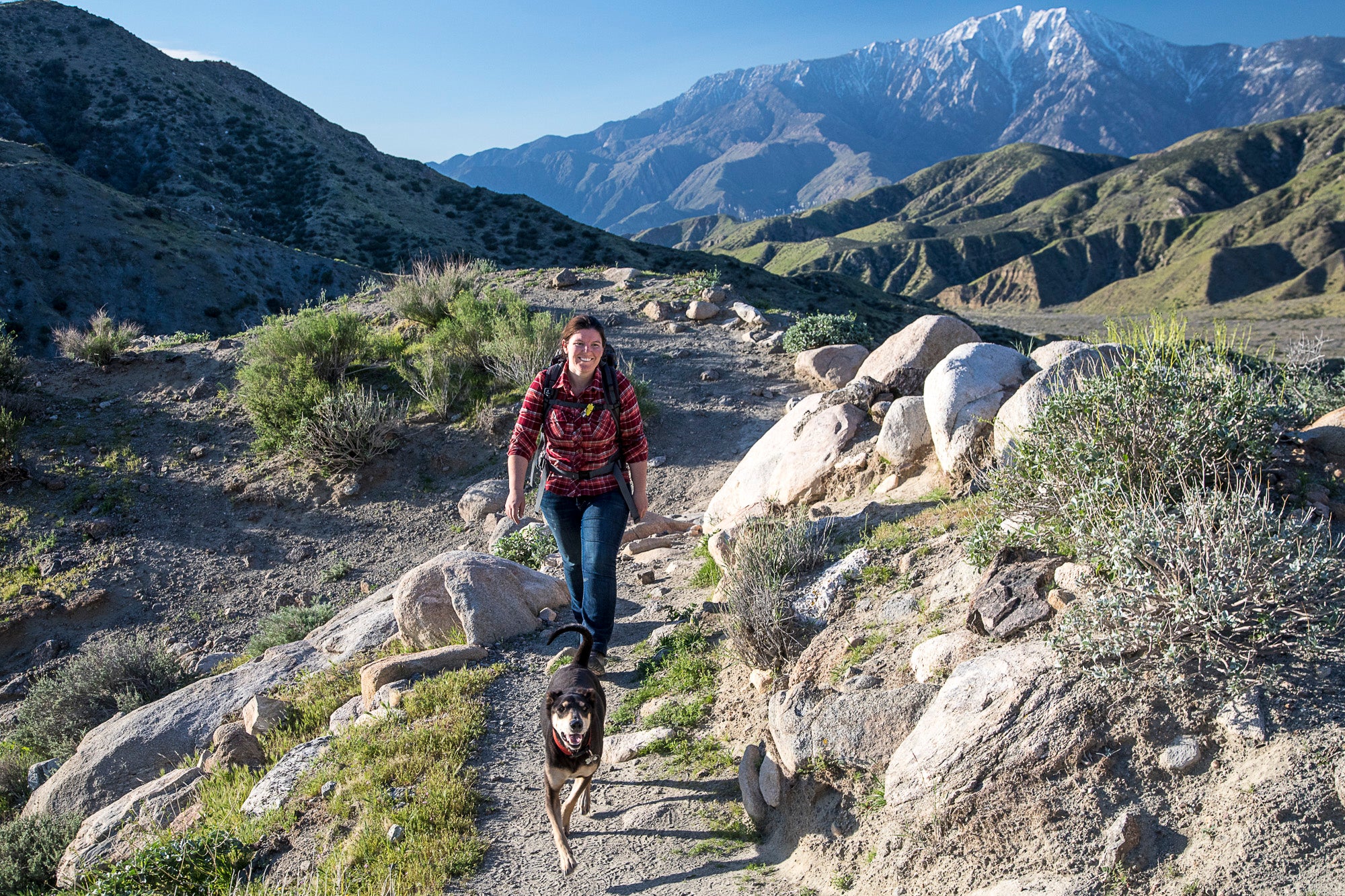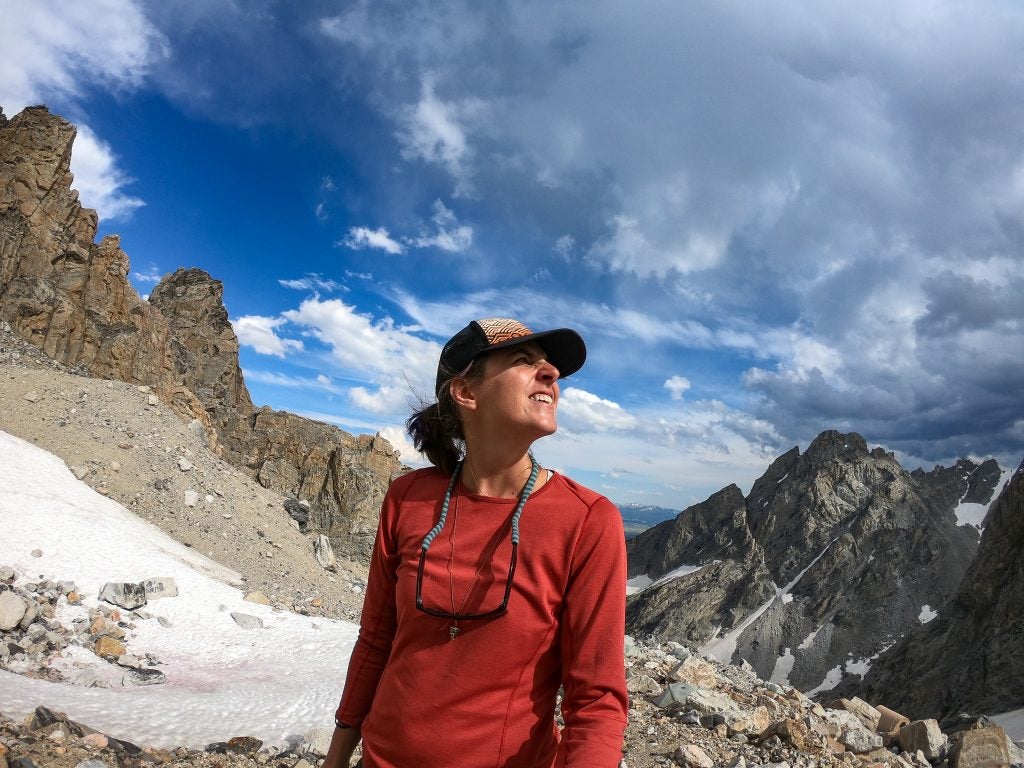[UPDATE] On September 18, California Governor Jerry Brown vetoed the bill to establish an Office of Sustainable Outdoor Recreation. Read our update for insight on this development, and we’ll continue to follow this story.
In 2018, people are divided on lots of things—but support for outdoor recreation is rarely one of them, at least in California. On August 29th, the California State legislature unanimously passed AB 1918 to establish the Office of Sustainable Outdoor Recreation, which would give California’s outdoor industry a valuable seat at the table when it comes to managing natural resources.
That’s a big deal for people living and recreating within the Golden State. The office would have an economic and industry focus, but in giving outdoor recreation liaisons more access to and say in government activity, it ties the sustainable management and extent of recreation opportunities for locals and tourists—plus the protection of land and water required of them—to the state’s economic health.
Hit Every National Park in California on this Epic Road Trip
“We’re seeing that [at the state] and federal level, the economic development argument is one of if not the strongest arguments for conservation” on both sides of the aisle, says Alex Boian, political director for the Outdoor Industry Association (OIA). OIA has been instrumental in establishing outdoor recreation offices throughout the country, and doing the economic research that precipitated the outdoor industry’s inclusion in the GDP.
California’s outdoor economy is the largest in the country, generating over $92 billion and employing more than 691,000 people. At OIA’s last count, there were more than 3,000 businesses in the sector. (For context: Florida, the state with the second-largest outdoor recreation economy, pales at $58.6 billion.)
The new office would give legislators a more substantial and present imperative to consider how legislative activity affects the outdoors. The office would put someone in charge of growing outdoor recreation access that would drive business; coordinating industry stakeholders on business opportunities; and assembling stakeholders into unified voices on policy.
“Establishing a new Office of Sustainable Outdoor Recreation will give this economic powerhouse the attention and support it deserves to grow; leveraging our state’s diverse geographical terrain for optimal economic impact, creating new jobs and getting more people outside to explore,” Assembly Member Eduardo Garcia, the bill’s main author, said in an emailed statement.
Boian says OIA has been working for more than a decade to found offices of outdoor recreation (ORECs) that assert the power of the recreation economy, and California is the “big domino.”
“[The bill passing] truly does represent that the outdoor recreation economy [is] real, viable, and here to stay. That elected officials and policy makers of arguably one of the most powerful states, with the most powerful outdoor recreation economy, has acknowledged that this is real and this is happening is kind of a hallmark of this movement” of establishing ORECs and using them to advocate for the industry. (Utah started things off by establishing its OREC in 2013.)
More States Get on Board with Outdoor Recreation
The concept for an Office of Outdoor Recreation (OREC) is still pretty new. California would be the 12th state to put outdoor recreation within the purview of state government in a way that recognizes its economic impact. Seven states—Utah, Colorado, Washington, Oregon, Maryland, Montana and Wyoming—have offices dedicated to the recreation economy; while Vermont, Michigan, and Maryland have task forces.
This past summer, representatives of eight states met to sign the Confluence Accords, which is basically an OREC manifesto. In signing the document, the states acknowledged and committed to a key goal (boosting the outdoor recreation economy) and four activity areas through which to achieve that: economic development, conservation and stewardship, public health and wellness, and education and workforce training.
Above all, the representatives underscore that a healthy environment and citizens’ ability to enjoy it is key to their success:
How Adventure-Hungry Millennials are Changing the Outdoor Industry for Good
“We are here to support the outdoor recreation economy but our mission is to ensure that [citizens] and tourists can live a healthy active lifestyle through recreation,” says Tom Adams, director of Utah’s OREC. “And you can’t look at only business recruitment and not end up talking about education and the workforce; and you can’t talk about those without also talking about sustainability and being good stewards. So all these are really linked together.”
The combined power of these audiences creates strength in numbers for outdoor recreation across the country; while establishing a framework for states considering taking the OREC plunge.
On the Ground with an Office of Sustainable Outdoor Recreation
“I’m psyched for California,” Adams says. “It’s kind of a country on its own when it comes to the scale of the economy… and a mecca for so many different activities. And the destinations, you can’t name them all. It’s gonna be a big task but it’s really cool to see California taking it on.”
When we talk, he’s fresh off a whirlwind weekend of coordinating Utah’s Outdoor Recreation Summit, where hundreds of outdoor industry members convened to talk about things like stewardship, inclusivity, and collaboration while networking.
He’s also returning my call at the beginning of a well-earned vacation, from a car heading into the Idaho wilderness. Between call drops, the President of Utah’s OREC gives me the lowdown on his job.
Someone at the new Office of Sustainable Outdoor Recreation in California will take on a role similar to Adams’. But each office goes about its business slightly differently, depending on their state’s unique recreation benefits.
States play up their outdoor trade shows; connect people with complementary business goals; attract and foster outdoor companies; expand outdoor tourism and education opportunities; and even tout outdoor opportunities to non-outdoor companies they want to see move to the state.
“We’ve seen that really be the driver for economic impact in corporate recruitment,” Adams says. “[Companies [like Lucid Technologies] sell employees on the lifestyle because they can be skiing in 30 minutes from the office.”
Adams and colleagues like John Snyder (Washington), Luis Benitez (Colorado) and Rachel VandeVoort (Montana) spend lots of time on the road getting facetime with constituents. They also collaborate with members of other offices within state government that may have different needs from limited resources.
“We say, “Hey, I’m here to partner with you, I’m not in competition with you; we want to find the best thing for all the participants. The theme of multiuse is really important because there are so many people using land for different things,” Adams says.
If implemented, California’s office would be housed within the Department of Natural Resources.
“By putting it in DNR, the office can closely coordinate with the land and water managers in DNR to ensure that the very foundation of the rec economy is well taken care of and administered in a way that helps grow the economy overall,” Boian clarifies.
Do these offices boost outdoor recreation activity?

Hiking along the Pacific Crest Trail. Credit: Bureau of Land Management
Boian acknowledges that it’d be nearly impossible to directly attribute growth in outdoor recreation activity to the establishment of an OREC.
“What I can say is this: In the states where these offices have been created, communication to the public, and awareness of recreation opportunities,has definitely risen,” he says. “You see that when these offices are created, people become aware and go, ‘Oh, I forgot, there’s a whole industry that creates my weekend bike rides, or that supports my camping trip with my family.”
Awareness of industry can garner support for it, and even prompt people to try to join in by starting recreation-focused businesses.
“Now that the state has invested in the industry, you see entrepreneurs taking a chance here.”
What will campers get out of this, really?
“We don’t fund really just a campground—we’re always looking for some kind of recreation or activity to be in that campground.”
1. More funding for adventure-filled places. ORECs wield a LOT of money, and that’s where campers, hikers, bikers, and beyond will be able to see the most tangible benefit to their outdoor lives.
Building up the economy and boosting recreation tourism means making more recreation opportunities, in more places. ORECs like Utah’s award grants to public and private parties hoping to physically build up these kinds of opportunities, especially in rural areas.
Hikers, Here’s How You Can Help Maintain the Trails You Love
“We work really hard to give out from $500,000 to $5 million annually,” Adams says, “and we’ve funded a lot of campgrounds, from hammocking-type campground setups to full campgrounds to RV campgrounds.” Individual Utah OREC grants can go up to $150,000.
The thing that sets OREC funding apart from other land management funding is that money goes to places that support specific activities. OREC helps ensure outdoor areas that are economically viable have even more amenities.
“We don’t fund really just a campground—we’re always looking for some kind of recreation or activity to be in that campground. There could be a Via Ferrata if there’s a rock wall; there could be a mountain biking trail; there could be a hiking trail; there could be a little outdoor education walk for kids. We want to make sure the funding that we’re putting in allows people to camp but ideally, really get out recreating and moving and living a healthier lifestyle,” Adams says.
The OREC has expedited the process of establishing more outdoor recreation amenities by going to small, rural towns and training them on effective applications. They also offer guidance on how to secure funding.
“We really want to help all of our counties apply for a grant and do it well, so we can help them get shovels in the ground.”
2. Supporting the work of other land management agencies—and keeping parks open. OREC money can also be instrumental in getting projects off the ground at state agencies, like Parks and Recreation, that might be short-funded..
“[States like California] have had to close down state parks due to funding. This office is gonna come in and really try to be a loud voice and proactive voice for finding better ways to keep those places open,” Adams adds.
3. Making cool outdoor products available sooner, and making sure you’re aware of them. On the industry front, the fact that ORECs accelerate business opportunity can also help interesting products or opportunities become available to outdoor enthusiasts sooner than they otherwise might have; and connect disparate members of the outdoor industry throughout the state in ways that amplify each others’ products.
For instance: Adams was sitting next to Pitt Grewe, marketing director for Bivy.com, when we spoke. Bivy.com hosts a free app that helps people find and log outdoor adventures; and produces smartphone-linked satellite communicators called Bivysticks. Grewe told me that attending Adams’ networking events has made it easier for him to meet and get buy-in from land managers, lodge owners, forest supervisors, and others who can help him spread the word about Bivy.com products.
Does outdoor recreation have an advocate in places without offices like this?
Absolutely—but having an office with a “singular focus” on recreation, Boian says, can make all the difference in whether these other advocates can accomplish their goals.
What ORECs bring to the table is irrefutable economic data that can be used as leverage in these discussions. “Before, DNR and Parks and Wildlife officials would say, let’s invest in a trails system in the foothills or the mountains; let’s do a recreation infrastructure capital improvement project on this river to help kayakers,” but it wouldn’t necessarily pan out, he says. “Now, you have tangible data that demonstrates and proves the viability of these investments.”
While the legislature and assembly people are responsible for listening to their constituents, representatives of the Office of Sustainable Outdoor Recreation will take a much more active role in researching how people in the outdoor recreation economy feel about policies and ensuring that future decisions reflect their needs and positions.
What’s Next for California’s Office of Sustainable Outdoor Recreation?
Gov. Jerry Brown has until September 30th to sign or veto the bill. If he does nothing—which is likely, given that there are more than 1,000 bills on his desk—the bill will automatically become law.
Regardless, Boian and the OREC presidents are excited about the movement spreading.
“In several ways, UT, WA, CO, NC, they were the trailblazers, they took a chance and now they’re seeing it pay off. But California is the 400-pound gorilla, and I think it’s gonna be deeply influential on other states like Texas, Georgia, and Florida.”
Related Campgrounds:
- Santa Cruz Island Camping, CA
- Arroyo Seco Campground, Monterey County, CA
Popular Articles:
Articles on The Dyrt Magazine may contain links to affiliate websites. The Dyrt receives an affiliate commission for any purchases made by using such links at no additional cost to you the consumer.



